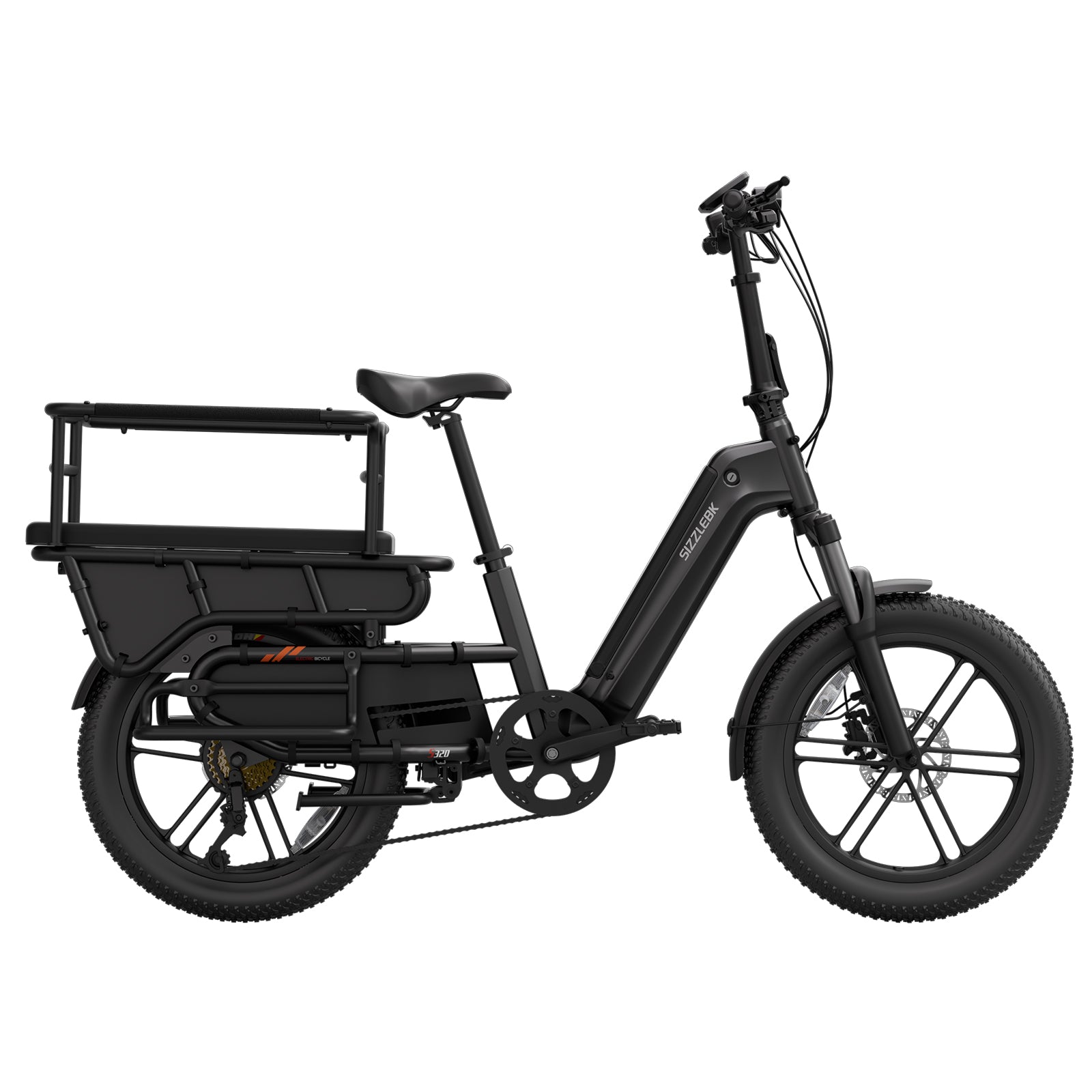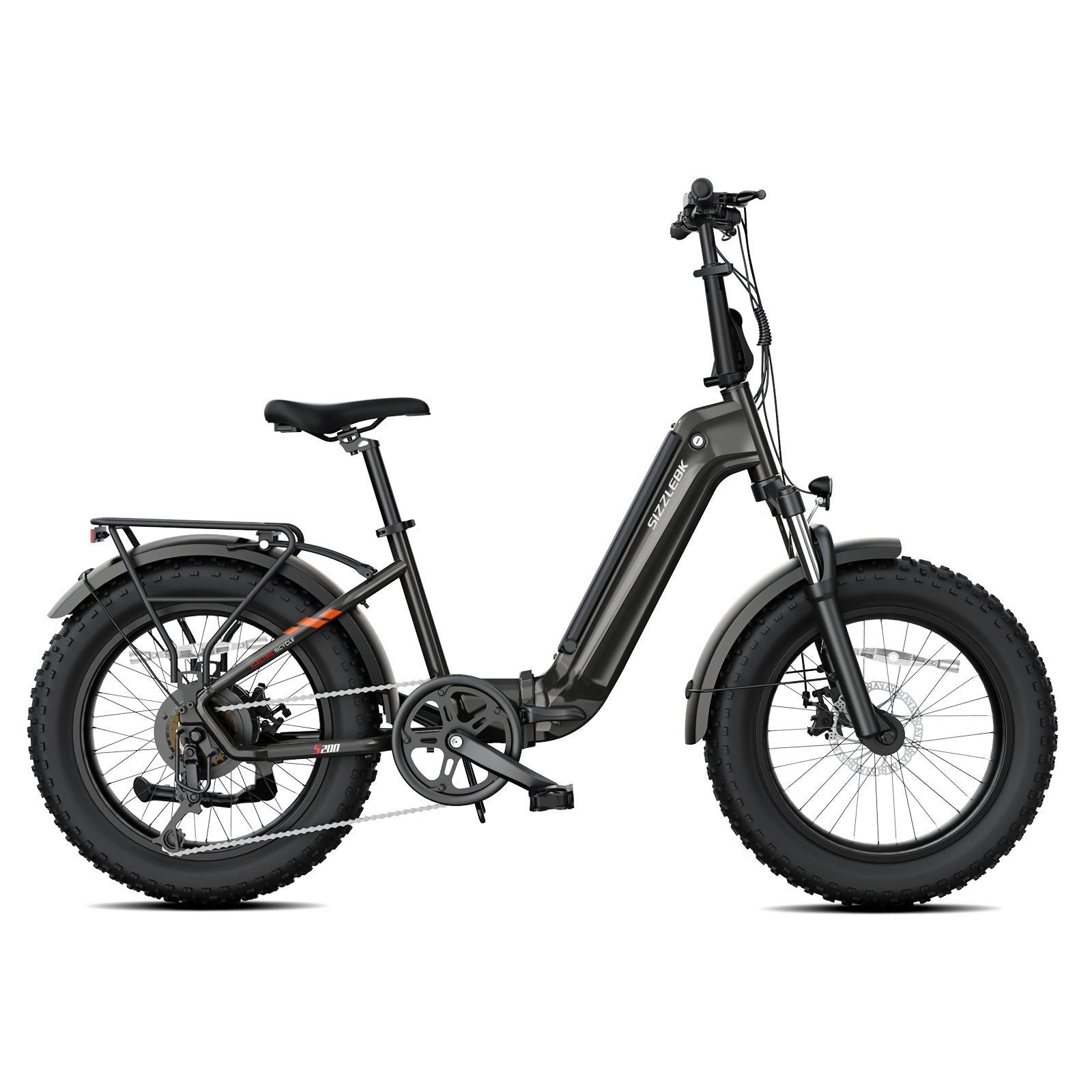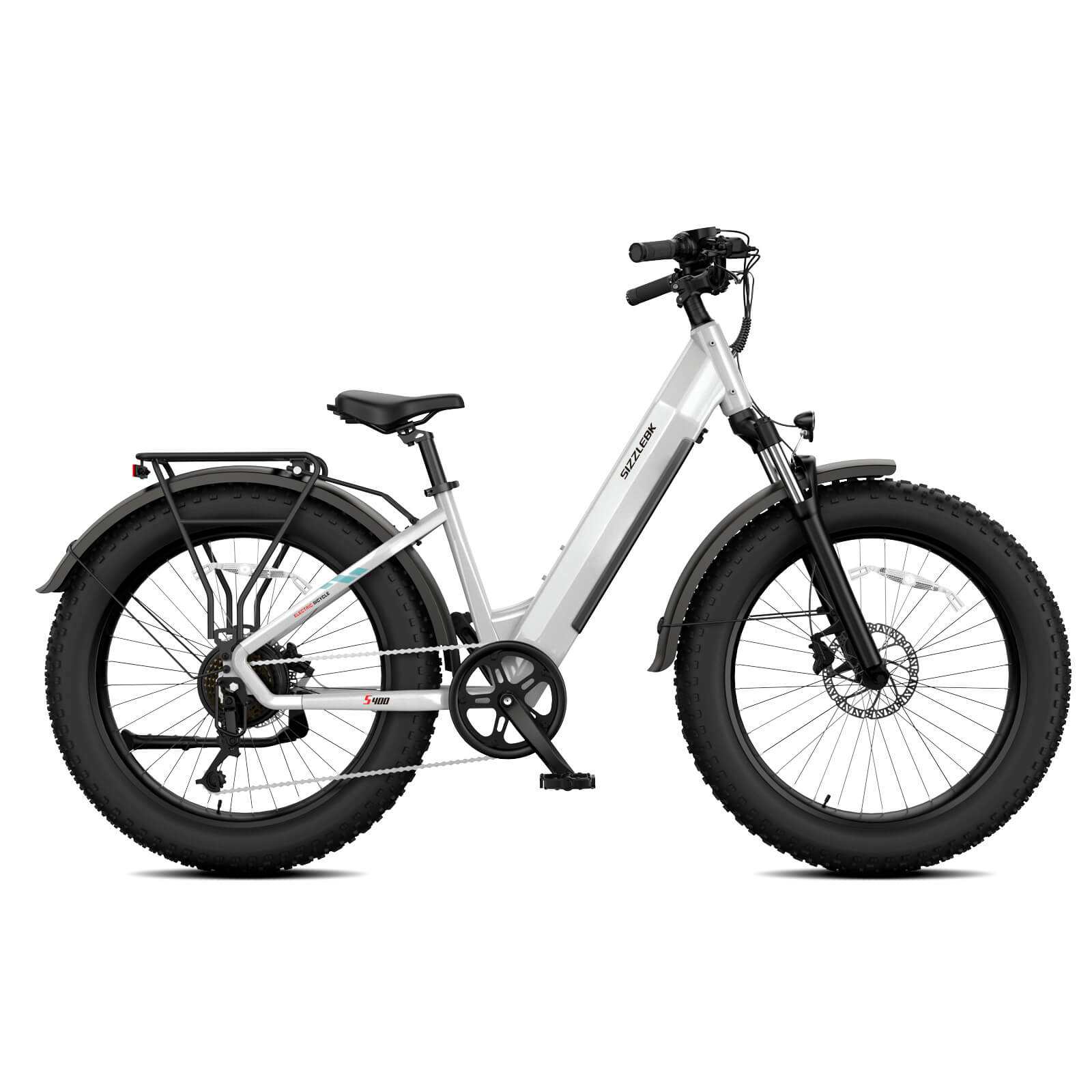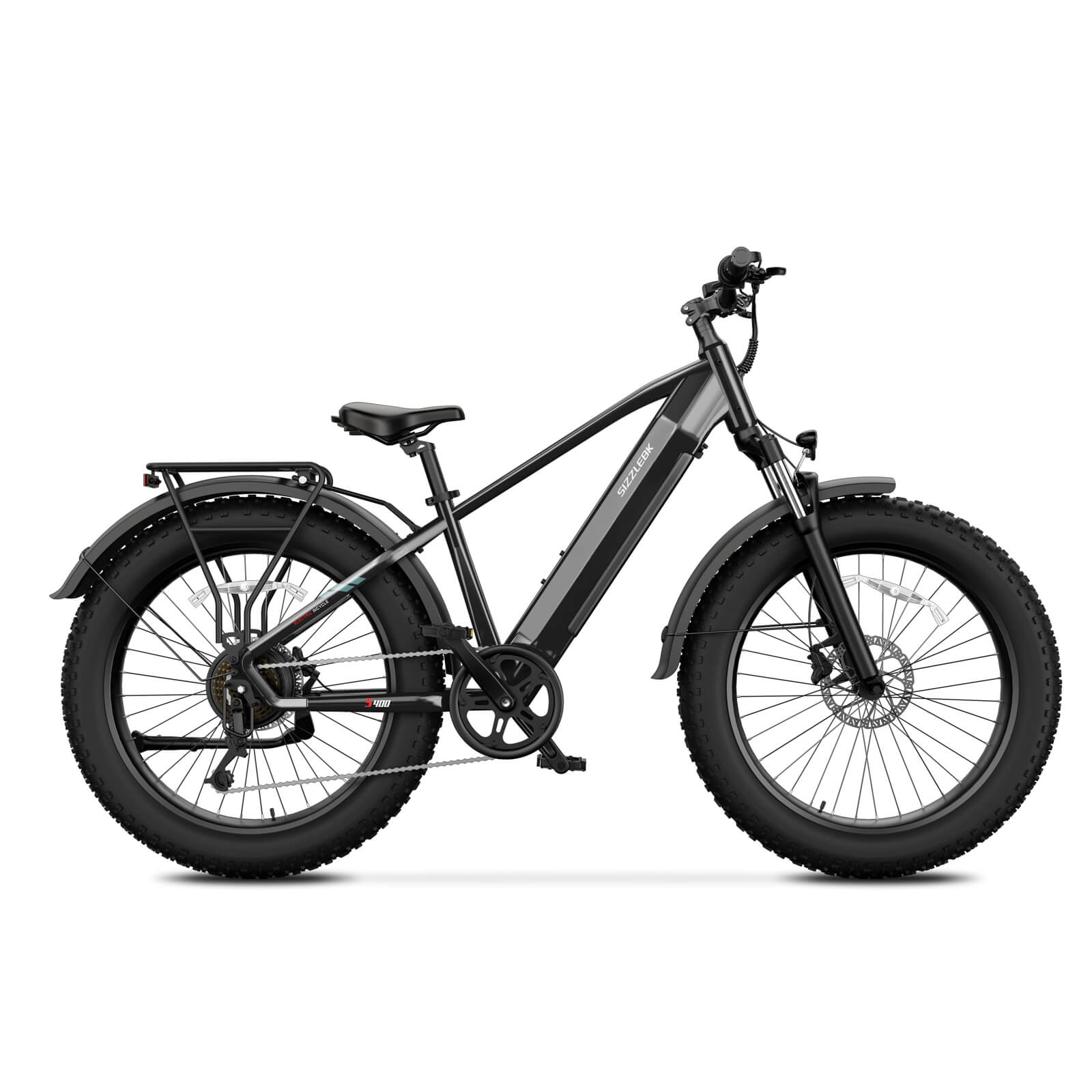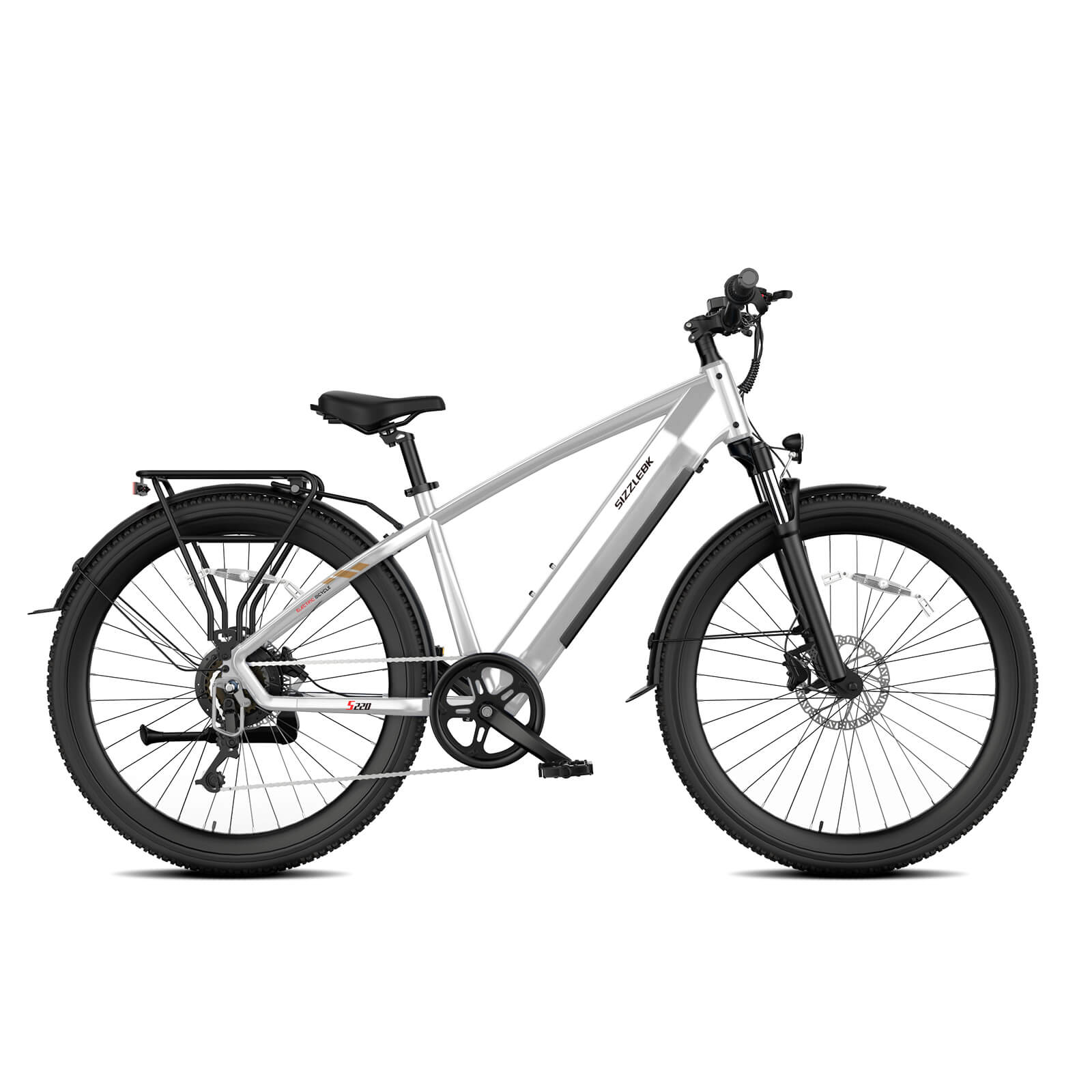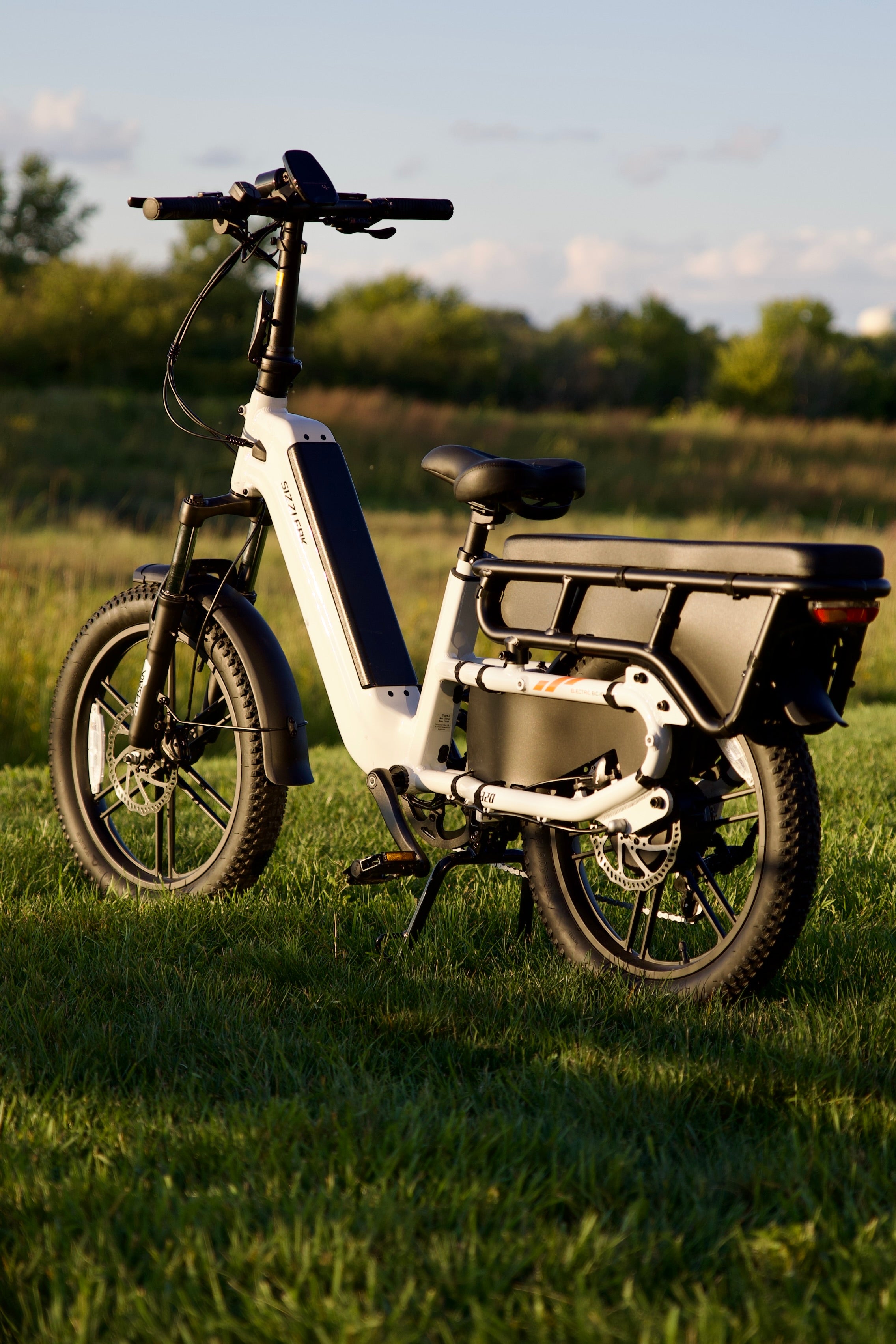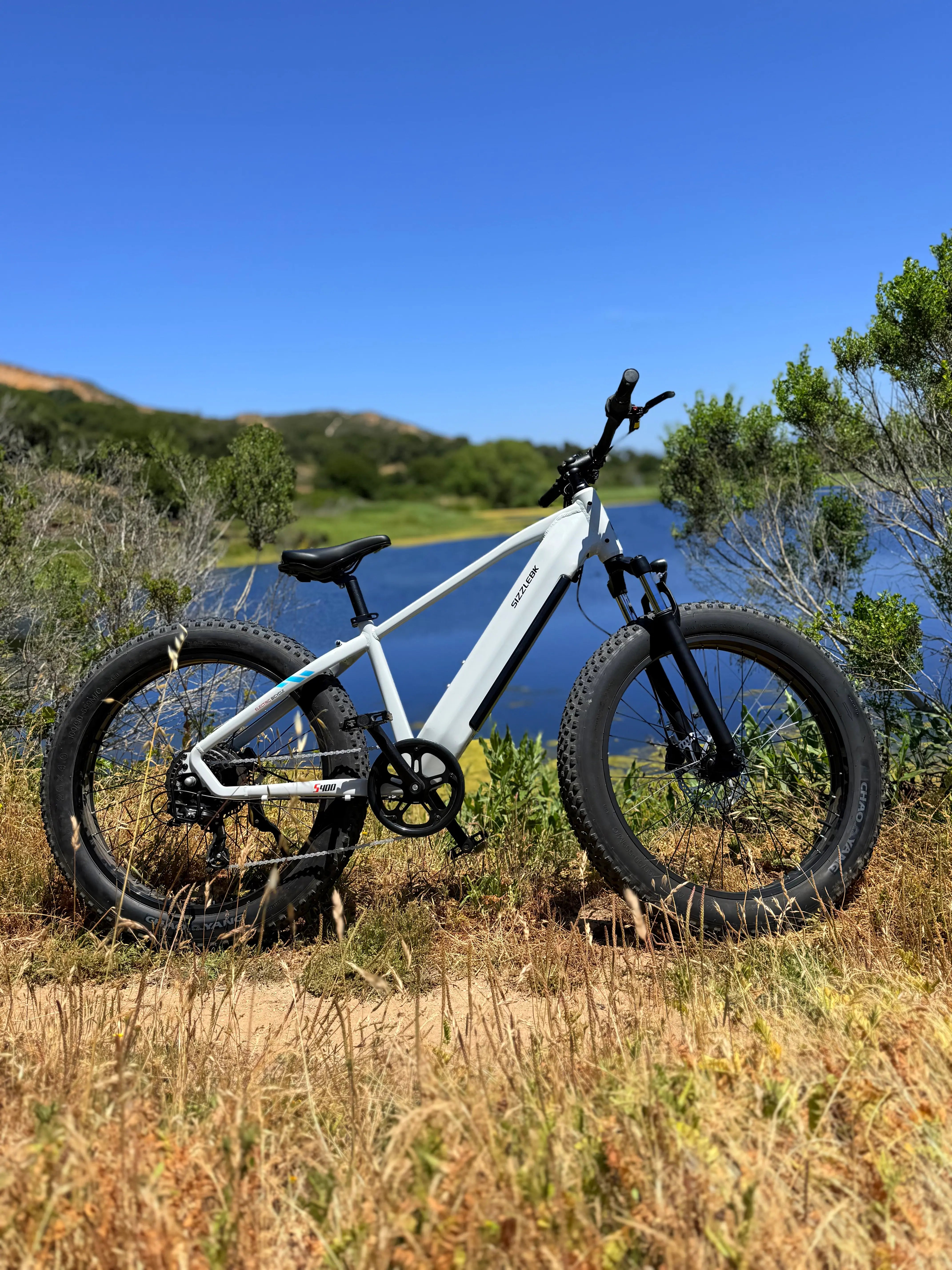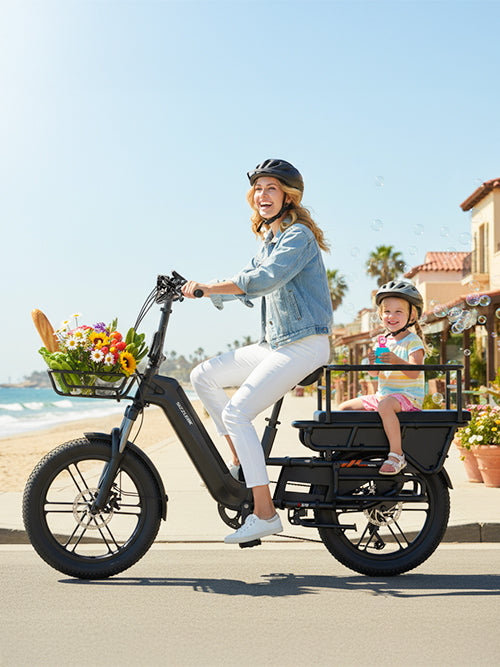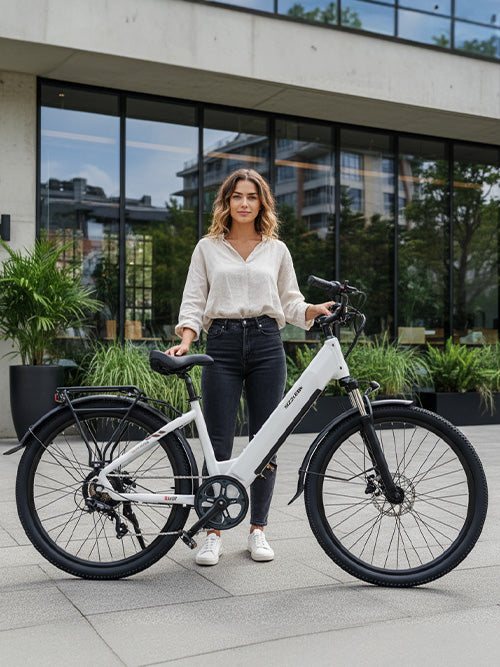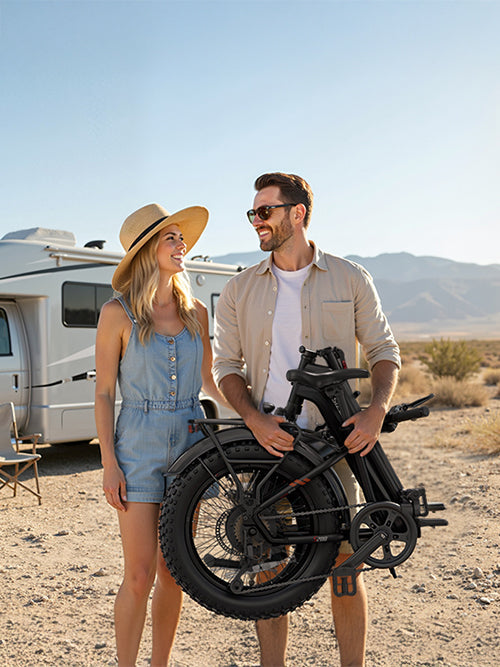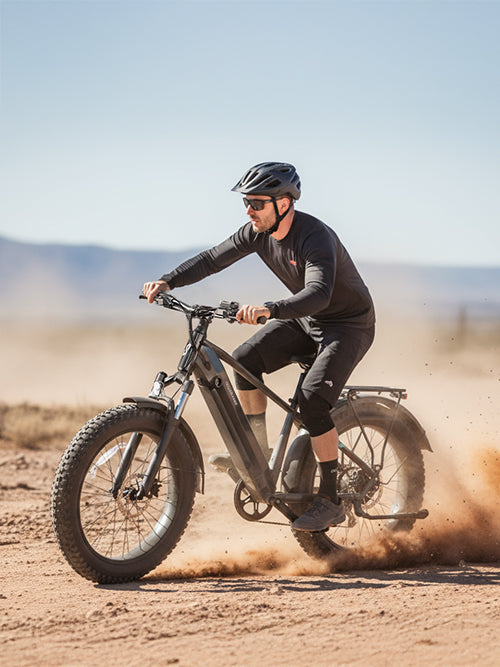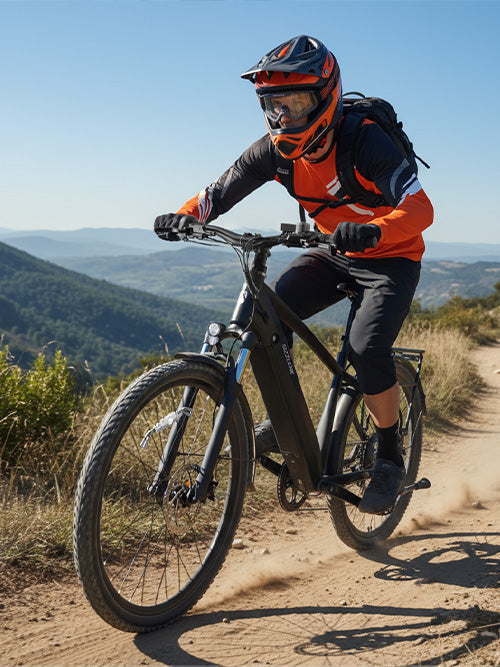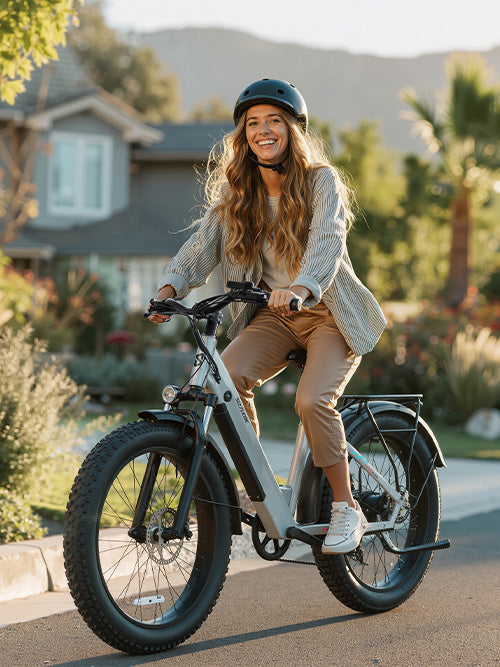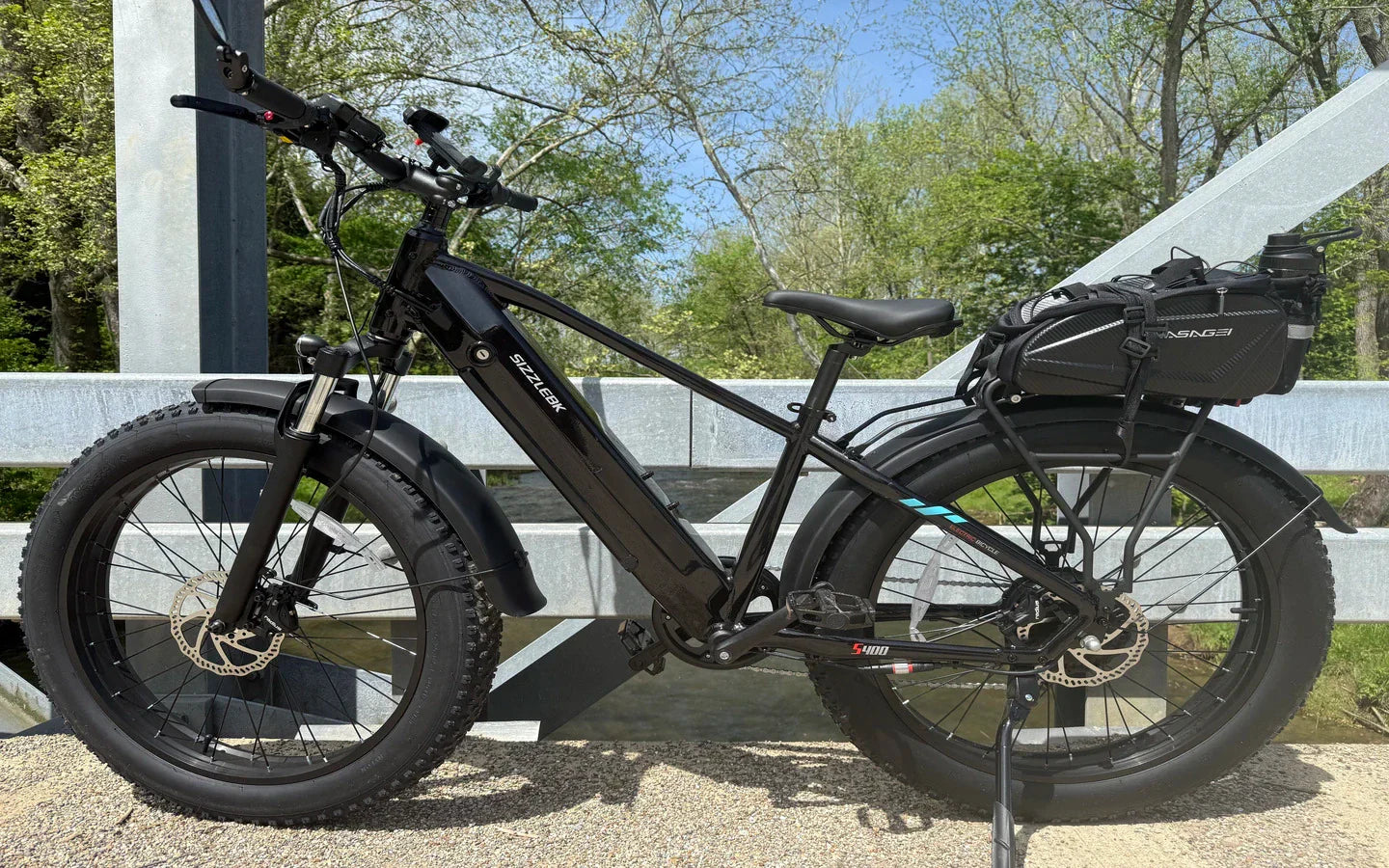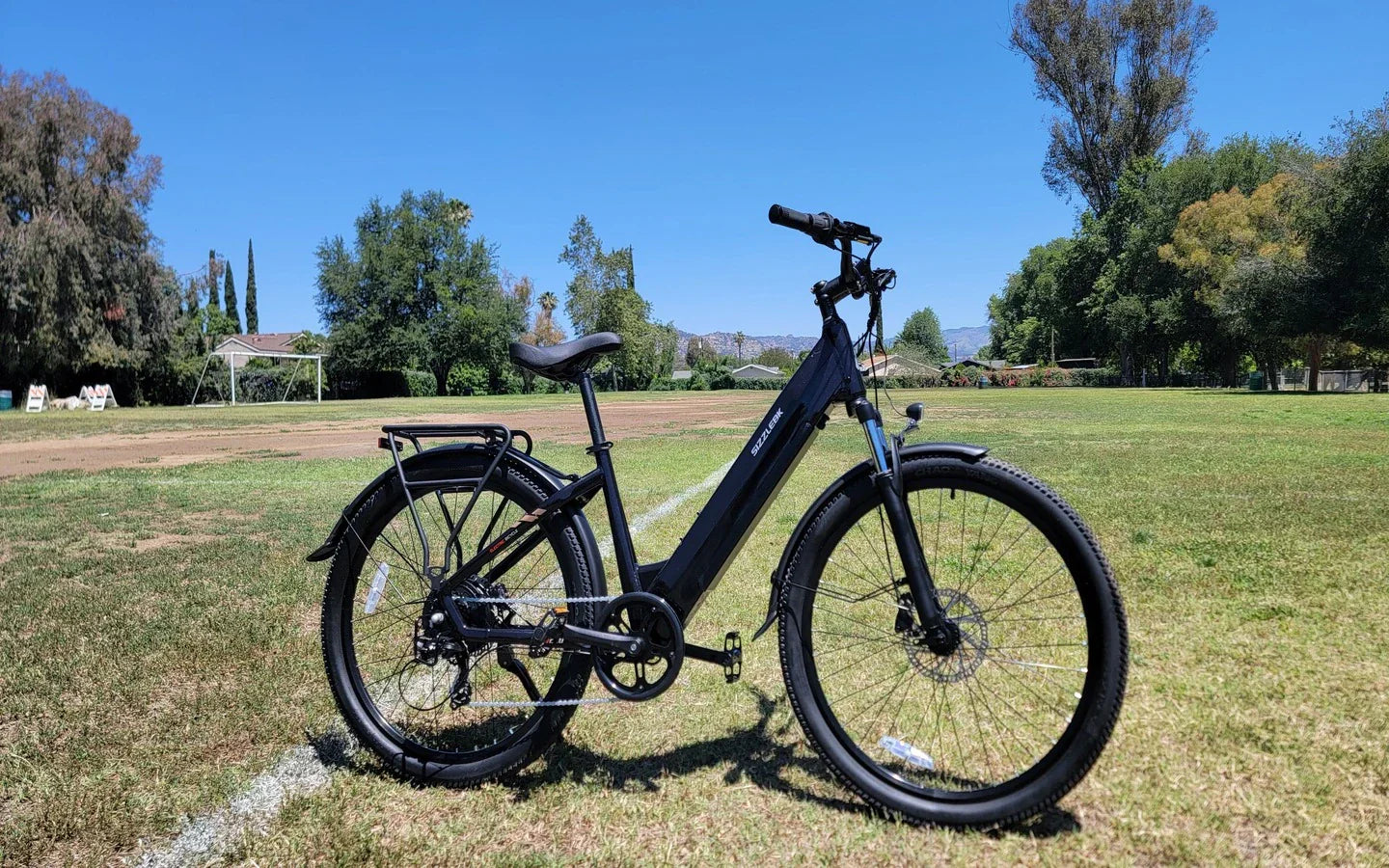Forget choosing sides—today’s riders demand solutions. Electric bikes (e-bikes) and traditional bicycles aren’t competitors—they're tools for different lifestyles. Whether you're commuting to work, training for endurance, or simply riding for joy, understanding the strengths and weaknesses of each unlocks smarter choices. Let's break it all down in real-world, rider-focused terms.
The Core Difference: Human Power vs. Hybrid Performance
Traditional Bikes are 100% human-powered. Every mile, every incline, every gust of wind—you're the motor. They're simple, efficient, and often faster on flat roads if you're fit and experienced.
E-Bikes, on the other hand, use integrated motors (usually 250W to 750W) to assist your pedaling. Equipped with torque or cadence sensors, they amplify your effort—turning a steep hill into a breeze. Think of it as cycling with a tailwind… every day.
Key Insight: E-bikes don’t eliminate pedaling—they enhance it. But if the battery dies, be prepared: you’ll be pedaling a 50+ lb machine home.
Design & Durability: Portability vs. Power
|
Feature |
E-Bike |
Traditional Bike |
|
Frame Material |
Reinforced steel or aluminum |
Lightweight carbon fiber or aluminum |
|
Average Weight |
45–65 lbs (20–30 kg) |
18–33 lbs (8–15 kg) |
|
Tire Width |
2.1–4.0" (fat tires = stability & grip) |
1–2" (narrow tires = speed & efficiency) |
|
Accessories |
Lights, fenders, racks, LCD display |
Minimalist setup |
Why It Matters: E-bikes are more feature-rich and stable, while traditional bikes excel in lightweight performance and maneuverability.
Performance Face-Off: Where Each Bike Excels
Hills & Headwinds:
E-bikes flatten hills. Turbo mode makes a 15% grade feel like a flat road. On a traditional bike, expect a leg-burning climb.
Commuting:
A 10-mile ride takes ~25 minutes on an e-bike, often sweat-free. The same ride on a traditional bike may take 40+ minutes and require a wardrobe change.
Fitness:
Traditional bikes burn ~500 calories/hour. E-bikes still burn ~300 calories/hour, while making longer rides more accessible.
Real-World Scenario:
Carrying 50 lbs of groceries up a hill? E-bikes make it effortless. Traditional bikes make it... heroic.
Environmental Impact: Beyond Emissions
|
Factor |
E-Bike |
Traditional Bike |
|
Direct Emissions |
Zero |
Zero |
|
Battery Impact |
Lithium mining, recyclability concerns |
None |
|
Car Trip Replacement |
High (up to 30% of trips) |
Limited (sweat, range) |
Eco Verdict: Traditional bikes are more minimalist and have zero tech-related impact. However, e-bikes can significantly reduce car dependency—cutting your carbon footprint by over 500 lbs/year when used for commuting.
Safety Tip: Never charge e-bike batteries in extreme temperatures. Always recycle at certified locations.
Legal Landscape: Know Before You Ride
|
Regulation |
E-Bike (USA) |
Traditional Bike |
|
Speed Limit |
Class 1 & 2: 20 mph, Class 3: 28 mph |
No federal limit |
|
Helmet Laws |
Varies by state, often for minors |
Rarely enforced |
|
License/Tags |
Not required for Class 1–2 |
None |
Pro Tip: Class 1 e-bikes are the most universally accepted—pedal-assist only, no throttle, legal on most bike lanes.
Cost Comparison: Upfront vs. Long-Term Value
|
Cost Factor |
E-Bike |
Traditional Bike |
|
Initial Price |
$1,500–$5,000 |
$300–$1,500 |
|
Battery Replacement |
$500–$800 (every 3–5 years) |
N/A |
|
Annual Maintenance |
$150–$300 |
$100–$250 |
The Math: Over 5 years, an e-bike may cost ~$2,800 (with one battery replacement). A traditional bike may run ~$1,750. However, if the e-bike replaces car trips, you could save up to $5,000 per year on fuel, parking, and wear-and-tear.
Common Questions: What Riders Want to Know
Q: Can I convert my traditional bike to an e-bike?
Yes. Kits range from $400–$1,200. But your frame needs to support added weight and stress. Be sure to comply with local regulations.
Q: Are e-bikes safer?
They’re faster, so accidents can be more severe. But wide tires, hydraulic brakes, and built-in lights improve control and visibility.
Q: Do I need insurance for an e-bike?
Most states don’t require it for Class 1 or 2 e-bikes. For faster Class 3 or throttle models, check your local DMV.
Q: Which is better for weight loss?
Traditional bikes burn more calories per ride. But e-bikes encourage longer, more frequent rides—consistency often leads to better long-term results.
The Final Decision
Choose an E-Bike if you:
Commute more than 5 miles daily
Regularly climb hills or face wind
Want to replace your car for errands
Have limited stamina or joint issues
Prefer convenience and utility
Choose a Traditional Bike if you:
Want to maximize weight loss or fitness
Ride mostly short, flat routes
Are budget-conscious
Prefer a simpler, maintenance-free setup
The Future Is Hybrid
Let’s be clear: e-bikes aren’t “cheating”—they’re evolving. They open the door for more people to cycle further, faster, and more frequently. Meanwhile, traditional bikes remain the weapon of choice for purists, athletes, and weekend warriors.
The Real Win: No matter which you choose, you’re beating traffic, breathing fresher air, and embracing a cleaner, healthier lifestyle.
Still deciding? Visit your local bike shop and test ride both. The saddle never lies.
